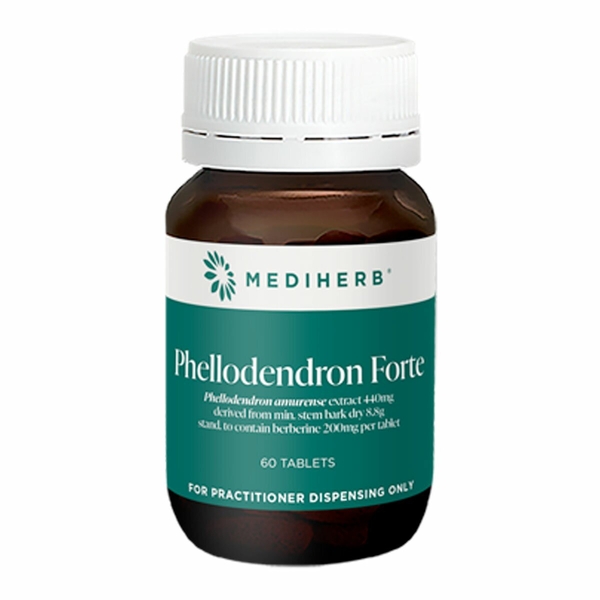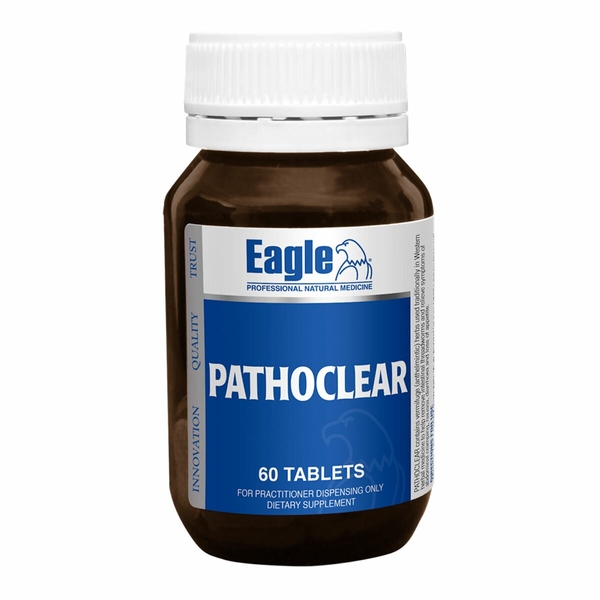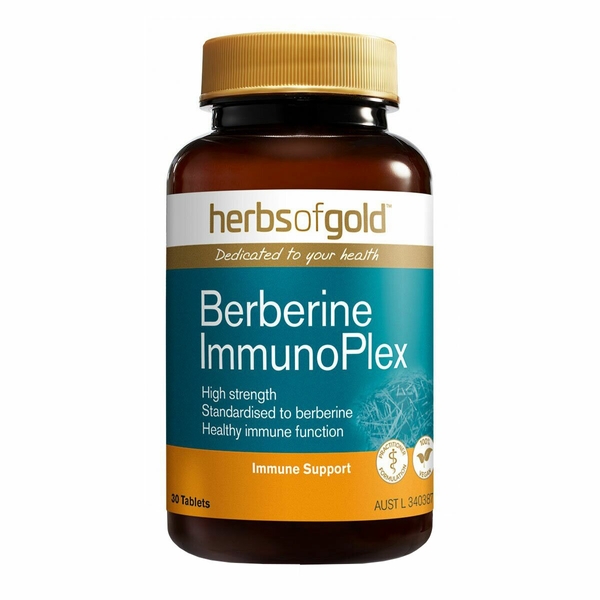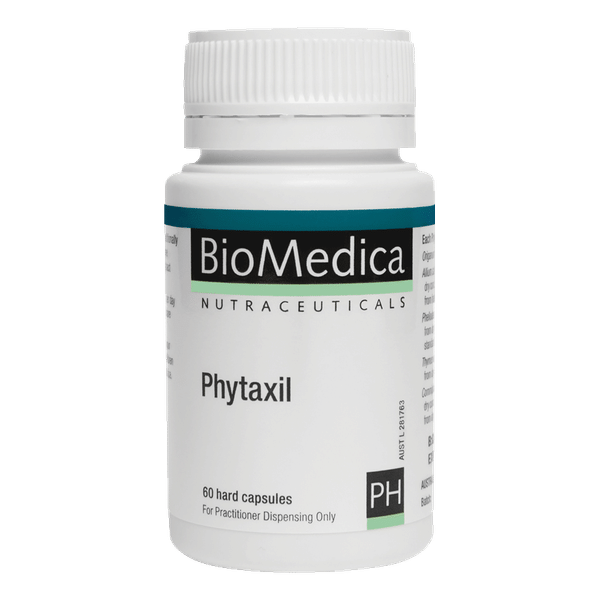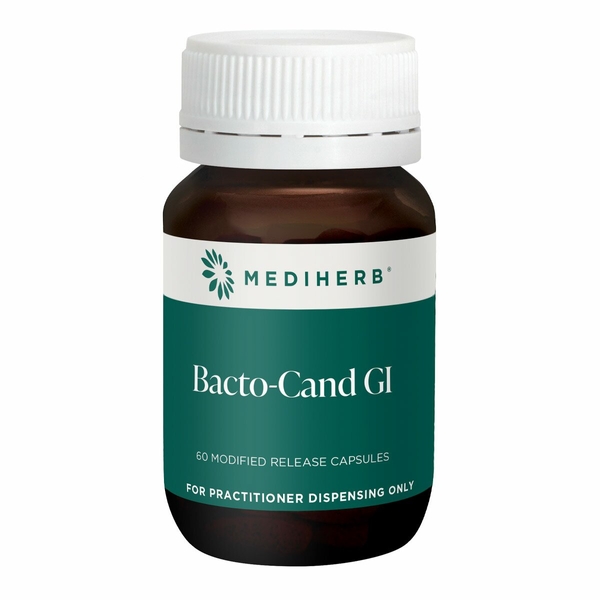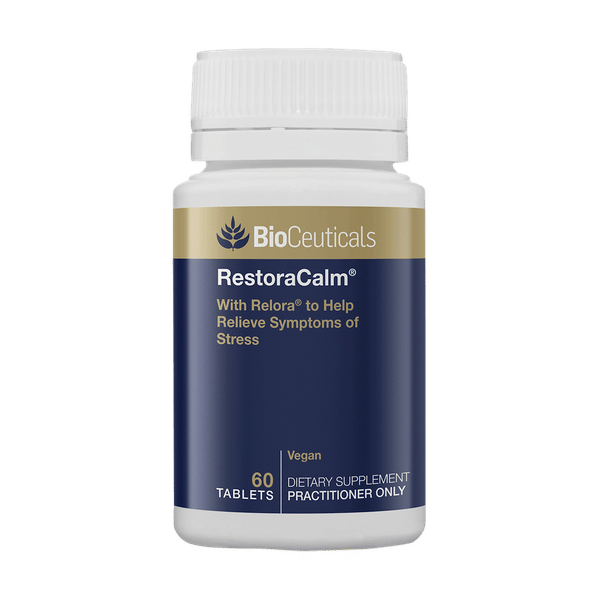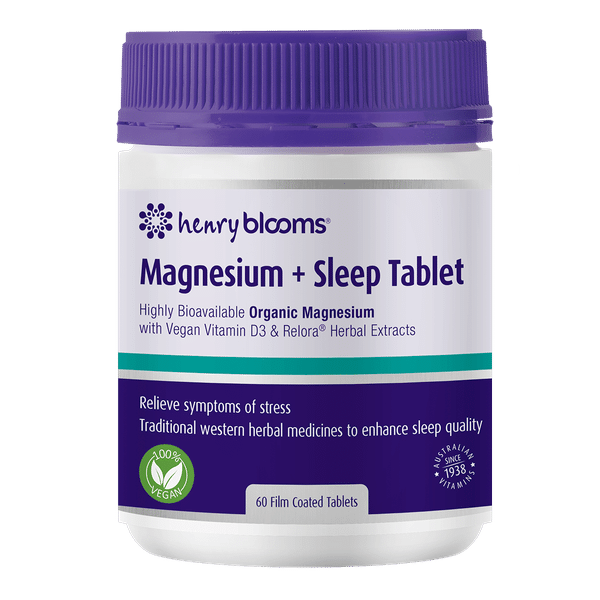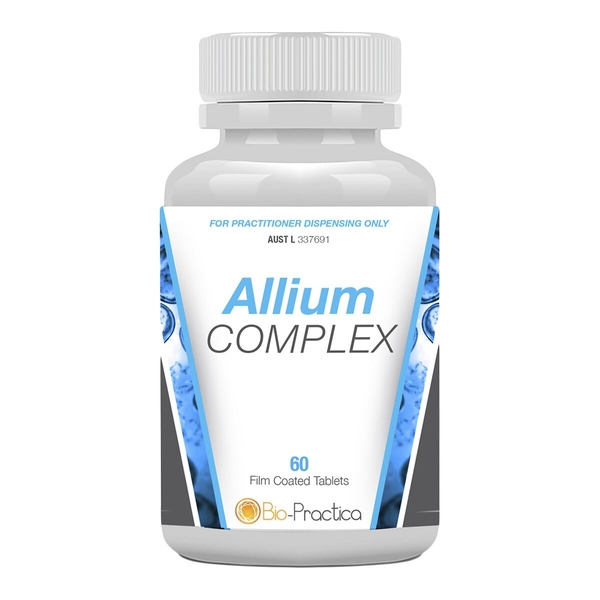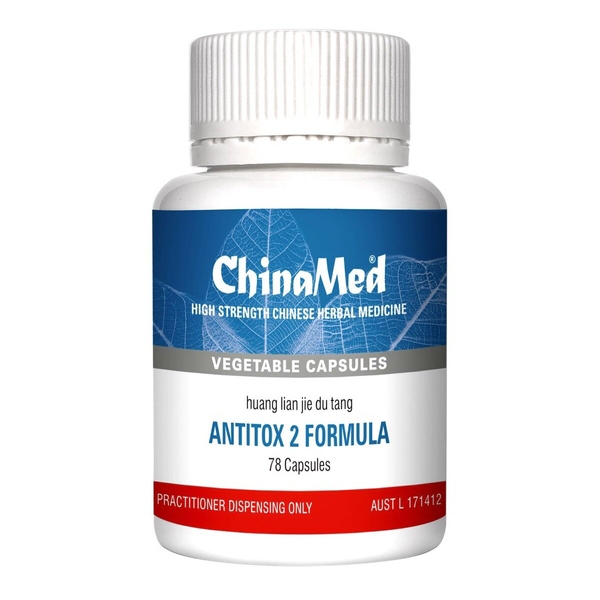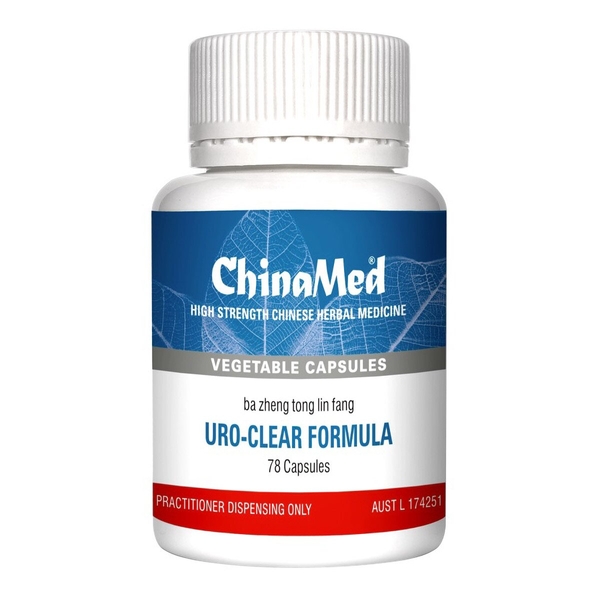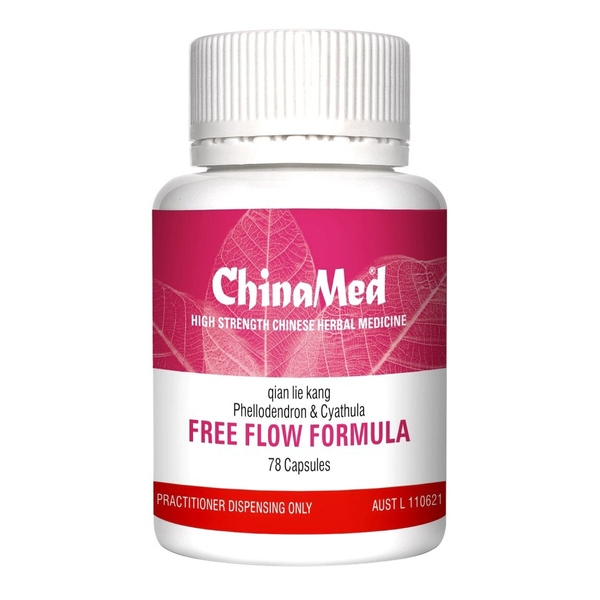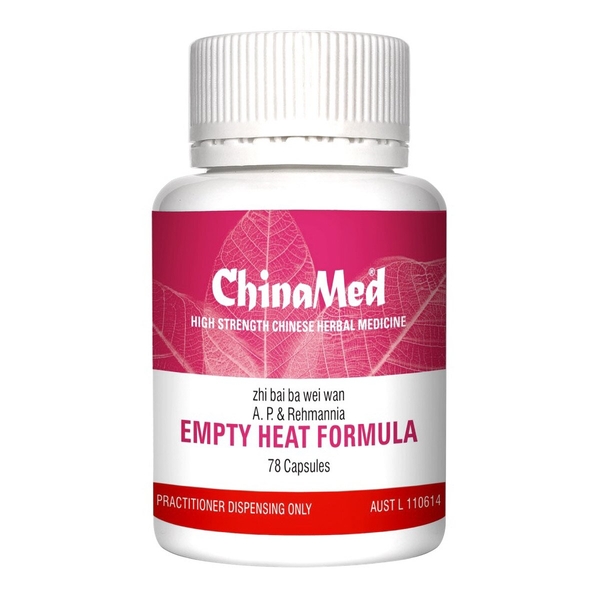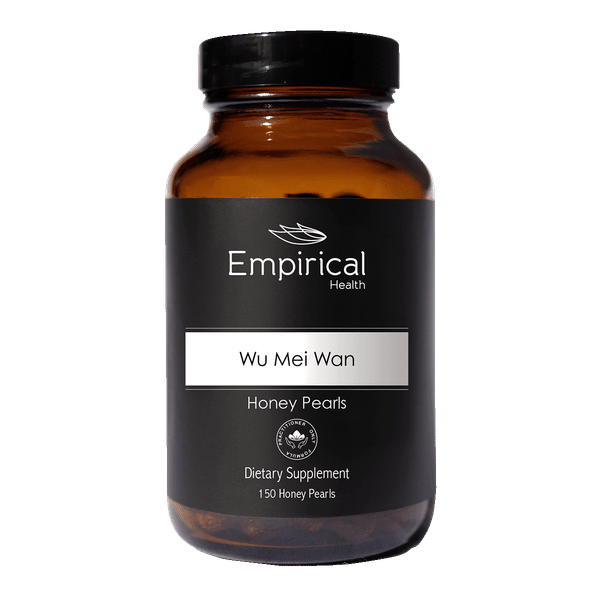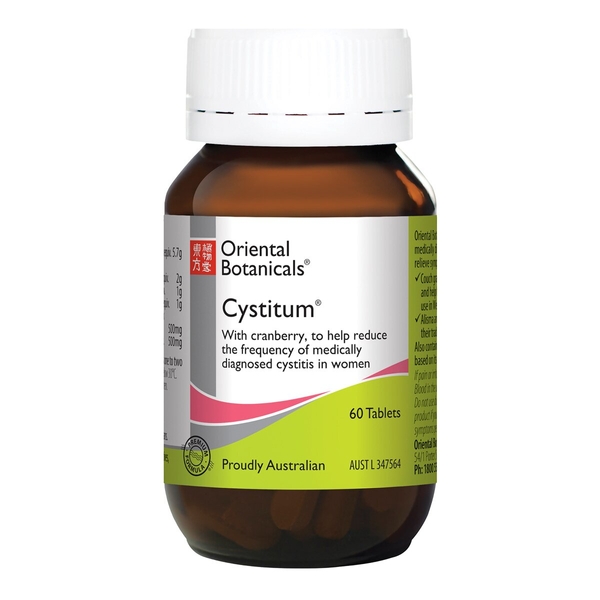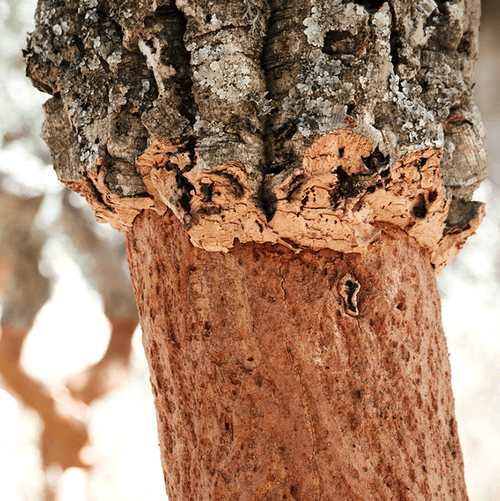
Background
Some chemicals in phellodendron might reduce redness and swelling. The berberine in phellodendron might lower blood sugar and cholesterol levels, as well as protect the liver. But berberine can also be harmful.
People use phellodendron for acne, diabetes, obesity, osteoarthritis, stress, and many other conditions, but there is no good scientific evidence to support these uses.
Don't confuse phellodendron with corkwood tree. These are not the same.
Safety Safety definitions
When applied to the skin: Phellodendron is possibly safe when used short-term.
Special Precautions & Warnings:
Pregnancy: Phellodendron is likely unsafe when taken by mouth during pregnancy. Phellodendron contains a chemical called berberine, which can cross the placenta and might harm the fetus.Breast-feeding: Phellodendron is likely unsafe when taken by mouth while breast-feeding. It contains a chemical called berberine. Berberine can be transferred to the infant through breast milk and can cause brain damage in newborns.
Children: Phellodendron is likely unsafe when given by mouth to newborn infants. It contains a chemical called berberine, which can cause brain damage, especially in premature infants with jaundice.
High bilirubin levels: Bilirubin is a chemical that is produced when old red blood cells break down. It is normally removed by the liver. Phellodendron contains a chemical called berberine. Berberine may keep the liver from removing bilirubin fast enough. This can cause brain problems in people with high levels of bilirubin. Avoid using.
Effectiveness
Dosing & administration
Interactions with pharmaceuticals
Cyclosporine (Neoral, Sandimmune)
Interaction Rating=Moderate Be cautious with this combination.
The body breaks down cyclosporine to get rid of it. Phellodendron might decrease how fast the body breaks down cyclosporine. Taking phellodendron along with cyclosporine might increase the chance of side effects.
Dextromethorphan (Robitussin DM, others)
Interaction Rating=Moderate Be cautious with this combination.
Phellodendron contains a chemical called berberine. Berberine might decrease how quickly the body breaks down dextromethorphan. This might increase the effects and side effects of dextromethorphan.
Losartan (Cozaar)
Interaction Rating=Moderate Be cautious with this combination.
The liver activates losartan to make it work. Phellodendron might decrease how quickly the body activates losartan, which might decrease the effects of losartan.
Medications changed by the liver (Cytochrome P450 2C9 (CYP2C9) substrates)
Interaction Rating=Moderate Be cautious with this combination.
Some medications are changed and broken down by the liver. Phellodendron might change how quickly the liver breaks down these medications. This could change the effects and side effects of these medications.
Medications changed by the liver (Cytochrome P450 2D6 (CYP2D6) substrates)
Interaction Rating=Moderate Be cautious with this combination.
Some medications are changed and broken down by the liver. Phellodendron might change how quickly the liver breaks down these medications. This could change the effects and side effects of these medications.
Medications changed by the liver (Cytochrome P450 3A4 (CYP3A4) substrates)
Interaction Rating=Moderate Be cautious with this combination.
Some medications are changed and broken down by the liver. Phellodendron might change how quickly the liver breaks down these medications. This could change the effects and side effects of these medications.
Medications for diabetes (Antidiabetes drugs)
Interaction Rating=Moderate Be cautious with this combination.
Phellodendron contains a chemical called berberine. Berberine might lower blood sugar levels. Taking phellodendron along with diabetes medications might cause blood sugar to drop too low. Monitor your blood sugar closely.
Medications for high blood pressure (Antihypertensive drugs)
Interaction Rating=Moderate Be cautious with this combination.
Phellodendron contains a chemical called berberine. Berberine might lower blood pressure. Taking phellodendron along with medications that lower blood pressure might cause blood pressure to go too low. Monitor your blood pressure closely.
Medications that slow blood clotting (Anticoagulant / Antiplatelet drugs)
Interaction Rating=Moderate Be cautious with this combination.
Phellodendron contains a chemical called berberine. Berberine might slow blood clotting. Taking phellodendron along with medications that also slow blood clotting might increase the risk of bruising and bleeding.
Metformin (Glucophage)
Interaction Rating=Moderate Be cautious with this combination.
Phellodendron contains a chemical called berberine. Berberine might increase the amount of metformin in the body. This may increase its effects and side effects. This interaction seems to occur when berberine is taken around 2 hours before metformin. Taking berberine and metformin at the same time doesn't seem to increase the amount of metformin in the body.
Midazolam (Versed)
Interaction Rating=Moderate Be cautious with this combination.
The body breaks down midazolam to get rid of it. Phellodendron contains a chemical called berberine. Berberine can decrease how quickly the body breaks it down. This might increase the effects and side effects of midazolam.
Pentobarbital (Nembutal)
Interaction Rating=Moderate Be cautious with this combination.
Pentobarbital is a medication that can cause sleepiness. Phellodendron might also cause sleepiness and drowsiness. Taking phellodendron with pentobarbital might cause too much sleepiness.
Sedative medications (CNS depressants)
Interaction Rating=Moderate Be cautious with this combination.
Phellodendron might cause sleepiness and slowed breathing. Some medications, called sedatives, can also cause sleepiness and slowed breathing. Taking phellodendron with sedative medications might cause breathing problems and/or too much sleepiness.
Tacrolimus (Prograf)
Interaction Rating=Moderate Be cautious with this combination.
Tacrolimus is removed from the body by the liver. Phellodendron contains a chemical called berberine. Berberine might slow down the body's ability to remove tacrolimus. This might increase the effects and side effects of tacrolimus.
Interactions with herbs & supplements
Herbs and supplements that might lower blood sugar: Phellodendron contains a chemical called berberine. Berberine might lower blood sugar. Taking it with other supplements with similar effects might lower blood sugar too much. Examples of supplements with this effect include aloe, bitter melon, cassia cinnamon, chromium, and prickly pear cactus.
Herbs and supplements that might slow blood clotting: Phellodendron contains a chemical called berberine. Berberine might slow blood clotting and increase the risk of bleeding. Taking it with other supplements with similar effects might increase the risk of bleeding in some people. Examples of supplements with this effect include garlic, ginger, ginkgo, nattokinase, and Panax ginseng.
Herbs and supplements with sedative properties: Phellodendron contains a chemical called berberine. Berberine might cause sleepiness and slowed breathing. Taking it along with other supplements with similar effects might cause too much sleepiness and/or slowed breathing in some people. Examples of supplements with this effect include hops, kava, L-tryptophan, melatonin, and valerian.
Probiotics: Probiotics are living organisms. Phellodendron contains a chemical called berberine. Berberine might kill certain probiotics. If taken together, phellodendron might reduce how well probiotic supplements work.
Interactions with foods
Products
View all products- Relora®
- Phellodendron amurense (Phellodendron) ext. 16.88 mg equiv. berberine 189 µg
- Withania somnifera ext. 150 mg
- Glycyrrhiza glabra ext. 250 mg
- Phosphatidylserine enriched soy (powder) (Lecithin) 50 mg equiv. phosphatidylserine 10 mg
- Calcium pantothenate (Vitamin B5) 27.29 mg equiv. pantothenic acid 25 mg equiv. calcium 2.29 mg
- Pyridoxal 5-phosphate monohydrate (P5P) 7.84 mg equiv. pyridoxine 5 mg
- Phellodendron amurense (Huang Bai) ext. 30 mg
- Lysimachia christinae ext. 20.1 mg
- Tetrapanax papyriferus ext. 20.1 mg
- Dianthus superbus ext. 30 mg
- Plantago asiatica ext. 30 mg
- Polygonum aviculare ext. 30 mg
- Gardenia jasminoides ext. 30 mg
- Lygodium japonicum ext. 30 mg
- Juncus effusus ext. 9.9 mg
- Glycyrrhiza uralensis ext. 9.9 mg
- Anemarrhena asphodeloides ext. 30 mg
- Phellodendron amurense (Huang Bai) ext. 26.87 mg
- Rehmannia glutinosa ext. 41.79 mg
- Poria cocos ext. 32.84 mg
- Alisma orientale ext. 26.87 mg
- Paeonia suffruticosa ext. 26.87 mg
- Cornus officinalis ext. 23.88 mg
- Glycyrrhiza uralensis ext. 11.94 mg
- Lindera strychnifolia ext. 26.87 mg
- Cyathula officinalis ext. 26.87 mg
- Paeonia obovata ext. 26.87 mg
- Anemarrhena asphodeloides ext. 26.87 mg
- Phellodendron amurense (Huang Bai) ext. 24.87 mg
- Rehmannia glutinosa ext. 74.63 mg
- Dioscorea oppositifolia ext. 49.76 mg
- Poria cocos ext. 37.34 mg
- Cornus officinalis ext. 24.87 mg
- Paeonia suffruticosa ext. 24.87 mg
- Alisma orientale ext. 37.31 mg
- Anemarrhena asphodeloides ext. 24.87 mg
- Phellodendron amurense (Huang Bai) (bark)
- Fructus mume (fruit)
- Coptis chinensis (rhizome)
- Zingiber officinale (rhizome)
- Panax ginseng (root)
- Angelica polymorpha (root)
- Pericarpium Zanthoxyli (fruit)
- Oryza sativa (Rice)
- Herba asari
- Aconite (root)
- Cinnamomum cassia (bark) (bark)
- Mel mellis (Feng Mi)
- Phellodendron amurense (Phellodendron) ext. 50 mg
- Vaccinium macrocarpon ext. 83.3 mg
- Crateva magna ext. 50 mg
- Alisma orientale ext. 100 mg
- Pyrrosia sheareri ext. 100 mg
- Elymus repens ext. 200 mg

